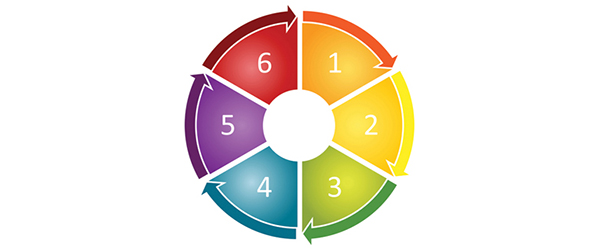Developing a Tiered Activity
05/12/2019

6 Steps for developing
a Tiered Activity:
1. Select the knowledge, understandings (concepts, generalizations), and skills that will be the focus of the activity for all learners.
- These are the elements the teacher knows are essential to helping students build a framework of meaning.
2. Think about the students for whom you are planning the activity.
- Use formative assessment related to the upcoming lesson to help you understand students' range of readiness for the topic.
- Add to that your awareness of students' particular strengths, approaches to learning, and interests.
3. Create an activity, or draw on one you've successfully used in the past.
- It should be interesting, require high-level thought, and clearly focus on elements that will cause students to use key skills to understand a key idea.
- Wise to begin by creating an advanced task.
- "Teaching up" is far more likely to benefit a very broad range of students than is beginning with a more basic-level task and making adjustments from that point.
4. Chart the complexity of the activity.
- Think about, or actually draw, a ladder.
- The top rung represents students with very high skills and high complexity of understanding of the topic.
- The bottom rung represents students with low skill and low complexity of understanding of the topic.
5. "Clone" the activity along the ladder to provide different versions at different degrees of difficulty.
- There is no magic number of versions.
- Formative assessment should reveal patterns of student need that guide your decision about the number of tiers appropriate for a particular task on a particular day.
- Cloning occurs when you vary materials students will use, from basic to challenging, for even the most advanced students, and when you allow students to express their learning in ways that range from very familiar to unfamiliar.
6. Match a version of the task to each student based on needs and task requirements.
- The goal is to match the task's degree of difficulty and pacing to student readiness.
- The goal should be to stretch all students beyond their comfort zone and to provide the support necessary for students to succeed at the new level of challenge.
View the pdf below of Figure 8.5 for developing a tiered activity.